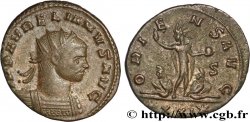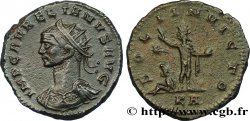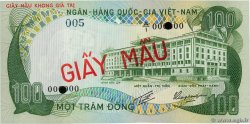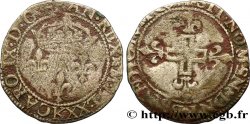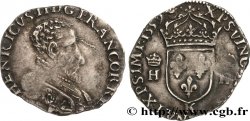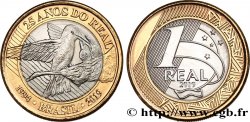brm_557529 - AURELIAN Aurelianus
Not available.
Item sold on our e-shop (2019)
Price : 120.00 €
Item sold on our e-shop (2019)
Price : 120.00 €
Type : Aurelianus
Date: été 274
Mint name / Town : Siscia
Metal : billon
Millesimal fineness : 50 ‰
Diameter : 22 mm
Orientation dies : 12 h.
Weight : 3,75 g.
Rarity : R1
Officine: 6e
Catalogue references :
Predigree :
Exemplaire provenant de Victor’s Imperial Coins et de la collection M. P
Obverse
Obverse legend : IMP C AVRELIANVS AVG.
Obverse description : Buste d’Aurélien, tête radiée, à droite, avec cuirasse, vu de trois quarts en avant (B).
Obverse translation : “Imperator Caesar Aurelianus Augustus”, (Empereur César Aurélien Auguste).
Reverse
Reverse legend : PROVIDEN DE-OR/ S// XXIV.
Reverse description : Fides (La Fidélité) drapée, debout à droite, tenant une enseigne militaire de chaque main, face à Sol (Le Soleil) radié, nu, le manteau sur l’épaule gauche, debout à gauche, levant la main droite et tenant un globe de la gauche.
Reverse translation : “Providentia Deorum”, (La Providence des Dieux).







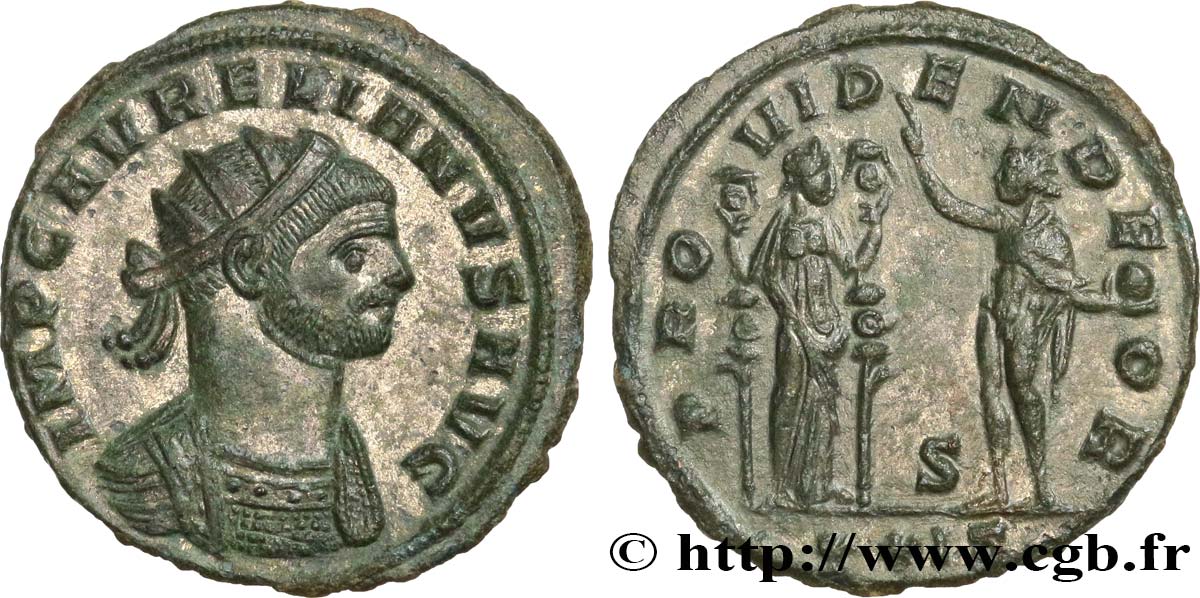
 Report a mistake
Report a mistake Print the page
Print the page Share my selection
Share my selection Ask a question
Ask a question Consign / sell
Consign / sell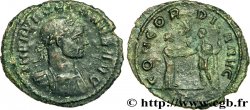
 Full data
Full data